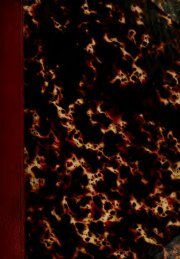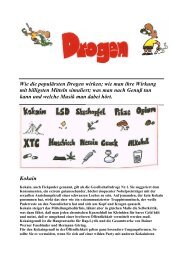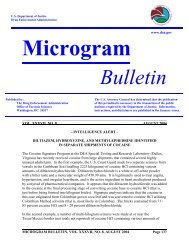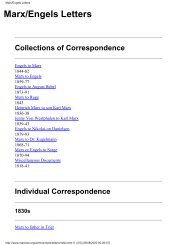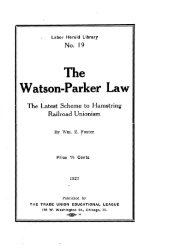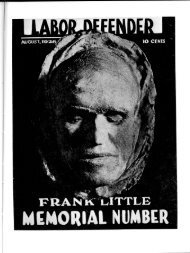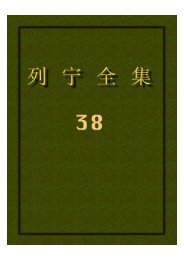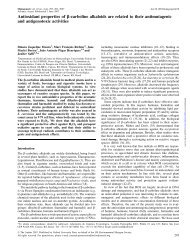Elfspice's Compleat Acacia Extraction Guide
Elfspice's Compleat Acacia Extraction Guide
Elfspice's Compleat Acacia Extraction Guide
Create successful ePaper yourself
Turn your PDF publications into a flip-book with our unique Google optimized e-Paper software.
Elfspice: Expanded filtration information, added a 'warning' section (thanks<br />
gumby), added more equipment to the equipment section (strainers, filters and<br />
safety glasses).<br />
27 April 2003<br />
Elfspice: Made minor corrections, refined the notes a little bit, removed the use of<br />
high pH water for the water wash, removed the reference to ammonia as a base<br />
due to it's not being available anywhere near as pure as NaOH, reduced the<br />
section on the acid to only specifying tartaric acid, and mentioned the<br />
incompatibility of hydrochloric acid with any kind of metal.<br />
1 august 2003<br />
Elfspice: added a sequence of photographs showing the all the steps of the<br />
process<br />
go to table of contents<br />
This is in reference to <strong>Elfspice's</strong> Complete <strong>Acacia</strong> <strong>Extraction</strong> <strong>Guide</strong>.<br />
During the washing stage, elfspice says to add water to the NP solution, but never says<br />
1Q<br />
much to add. Ive read reports to be as little as 1% the solutions volume, but the<br />
how<br />
of trying to seperate 3ml of aqueous solution is pretty minute. Is it ok to put in<br />
practicality<br />
per 300-500ml NP solution? Is there any reason why it is suggesstion to add a minute<br />
100ml<br />
amount?<br />
2Q Recrystalization:<br />
describes the process as adding heated NP solvent to the goo that was left over from<br />
Elfspice<br />
evaporation. Then sealing the container this was done in and putting it in the freezer.<br />
previous<br />
pouring off the solvent because it has little DMT in it. Then taking whatevers left behind<br />
Then<br />
putting it through a constant state of temperature change to promote crystal growth.<br />
and<br />
others had said that the main purpose of recystalization is to have the unwanted<br />
However,<br />
sedimentate at the bottom. This is done by adding warm solvent to goo, putting it in the<br />
stuff<br />
freezer/fridge, then saving the solvent by pouring it into an evaporation dish.<br />
problem: One says to throw away the solvent, the other says to keep the solvent. One<br />
The<br />
the stuff at the bottom of the container is what you want, the other says that stuff is<br />
says<br />
what your trying to get rid of.<br />
my solvent, naphtha, boils at room temperature. I think this is more of a petrolium ether<br />
Also,<br />
gotten from distilling naphtha. Should i still try to heat it up? isnt heating petrolium ether<br />
ive<br />
extremely dangerous?<br />
Hopefully i can get some straight answers on this.<br />
Answers<br />
You can use as much water as you want for the water wash. I personally wouldn't bother<br />
Q1)<br />
this step. As long as you were carefull when you seperated you solvent from the basified<br />
with<br />
then the amount of NaOH in your solvent will be miniscule. I would only bother with this<br />
water<br />
step if you solvent is very discoloured<br />
The idea with recrytalisation is to exploit the changes in solubility resulting from changing<br />
Q2)<br />
temperature of the slovent or by using a mixture of solvents.<br />
the<br />
DMT is soluble in naptha. However the amount of DMT that dissolves in a given quantity of



